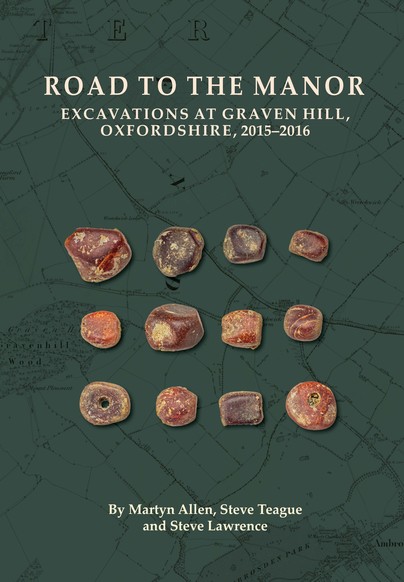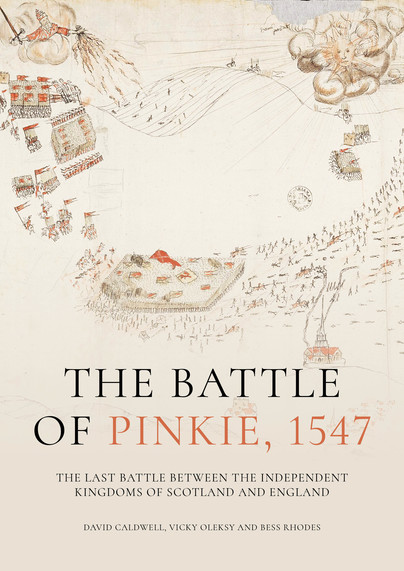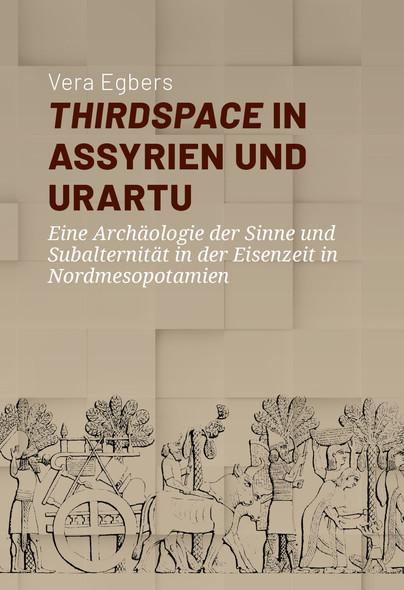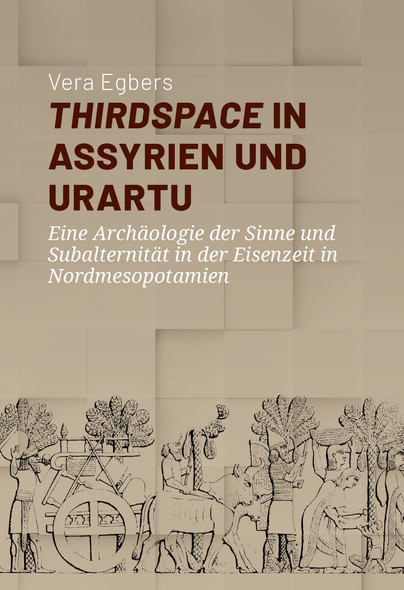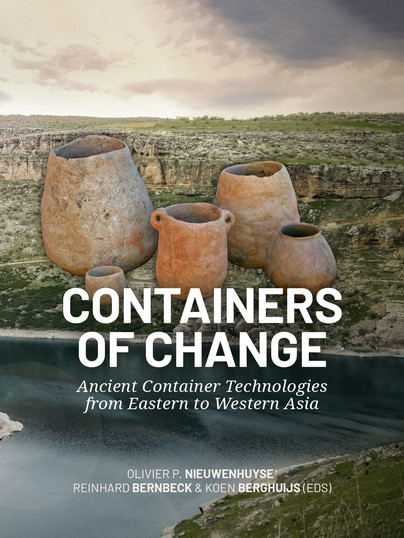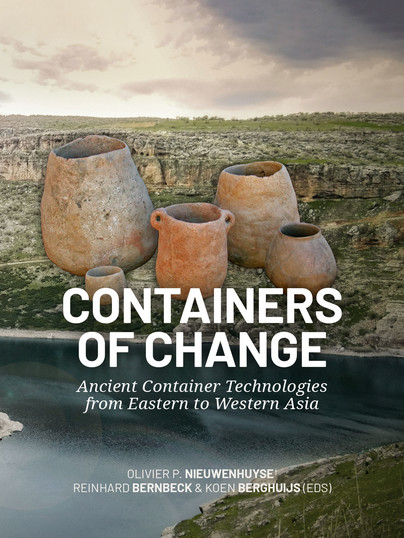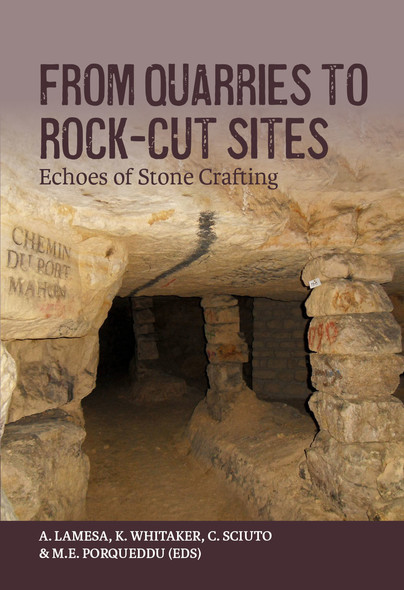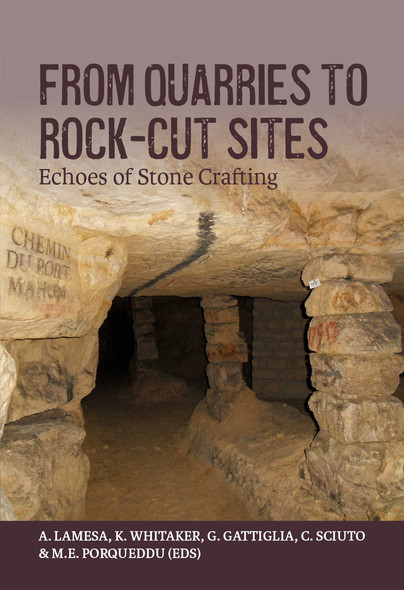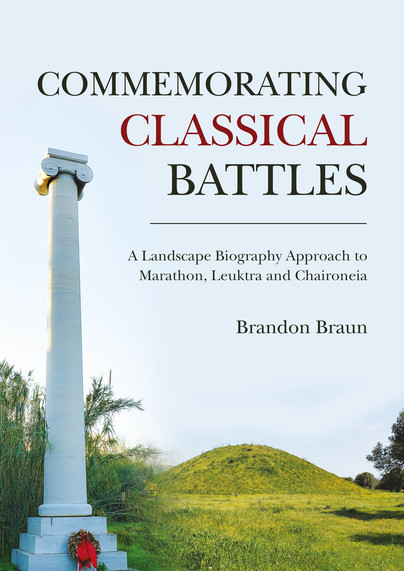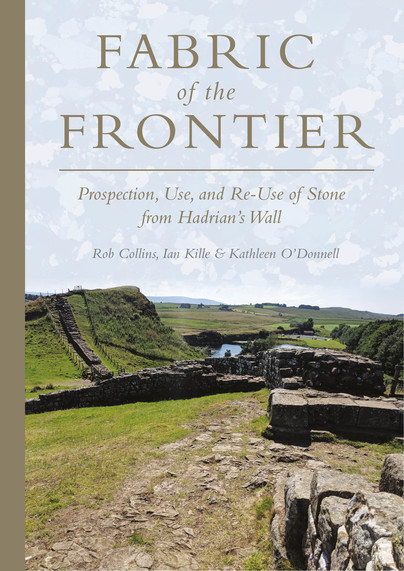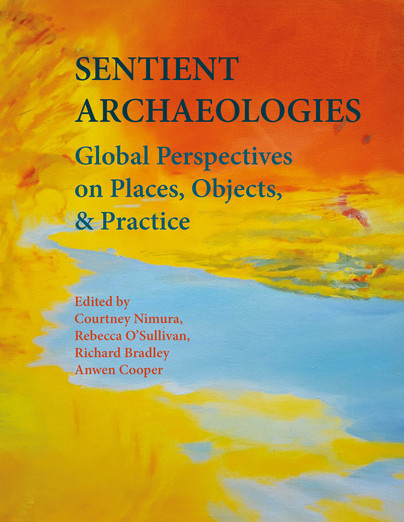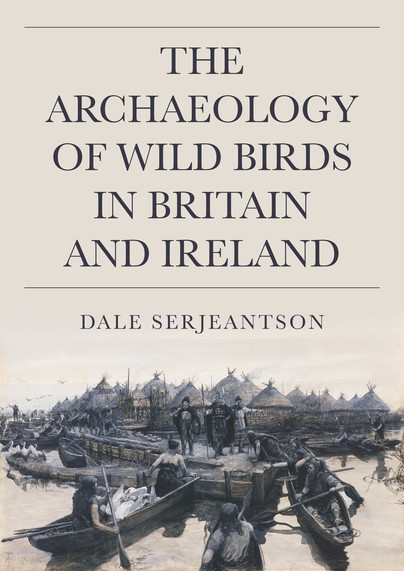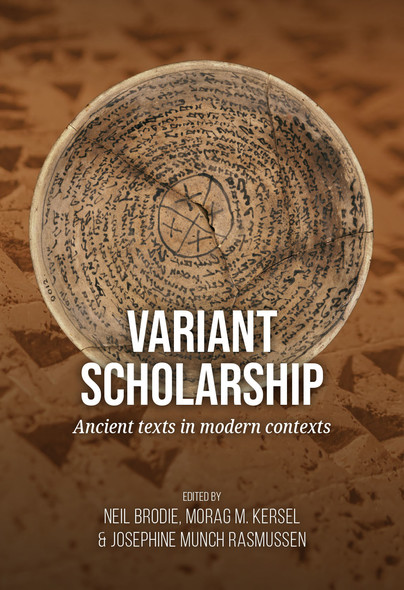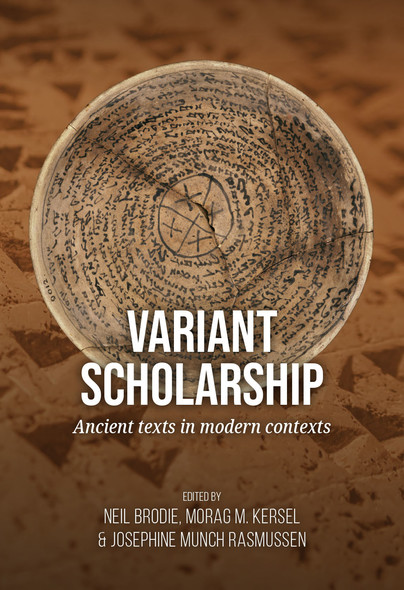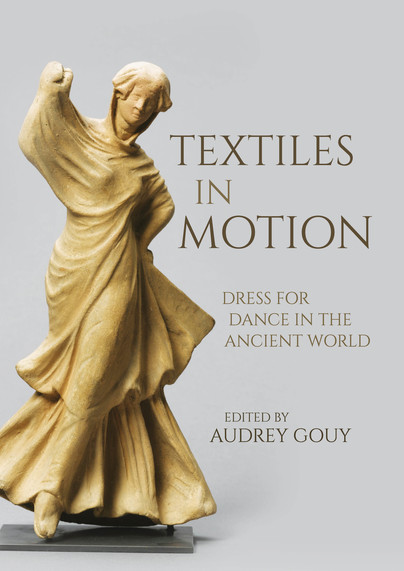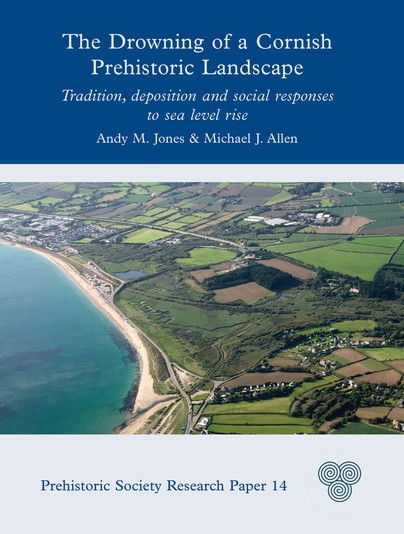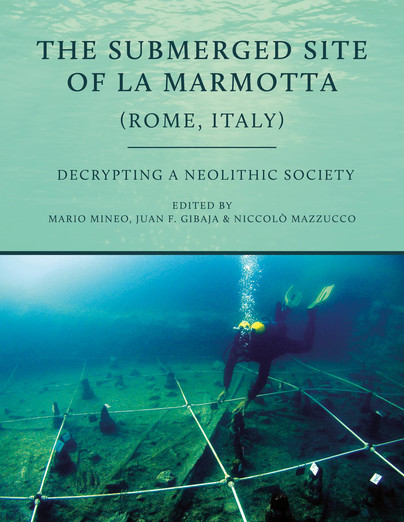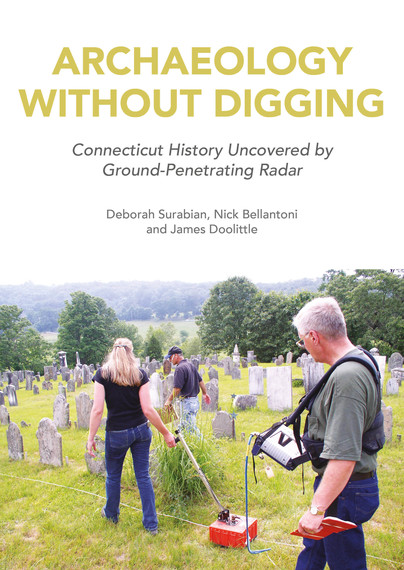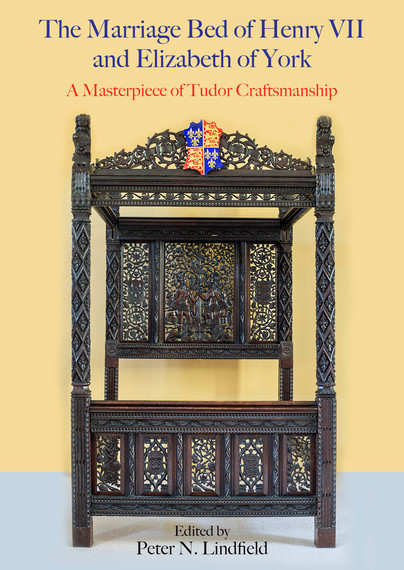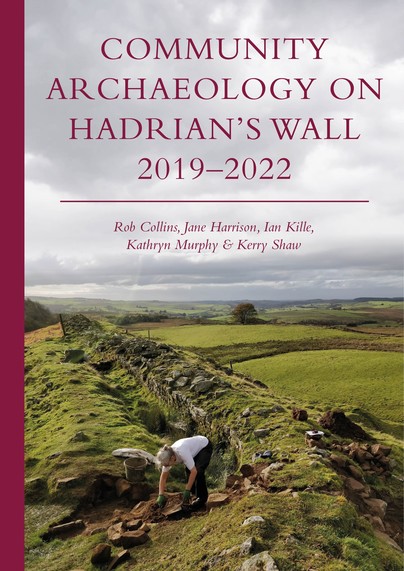
Format: Paperback
Pages: 128
ISBN: 9781789259599
Pub Date: 15 Jun 2023
Imprint: Oxbow Books
Illustrations: Color images
Description:
The Hadrian’s Wall Community Archaeology Project (WallCAP) was funded by the National Lottery Heritage Fund to promote the value of heritage – specifically of the Hadrian’s Wall World Heritage Site – to local communities, and to provide opportunities for volunteers to engage with the archaeology and conservation of the Wall to better ensure the future of the monument.This short book provides a summary of the project, communicating the range of activities undertaken during the project and key results. It explores the structure and aims of the project, and creates an insightful overview of the many different people and communities that participated.


